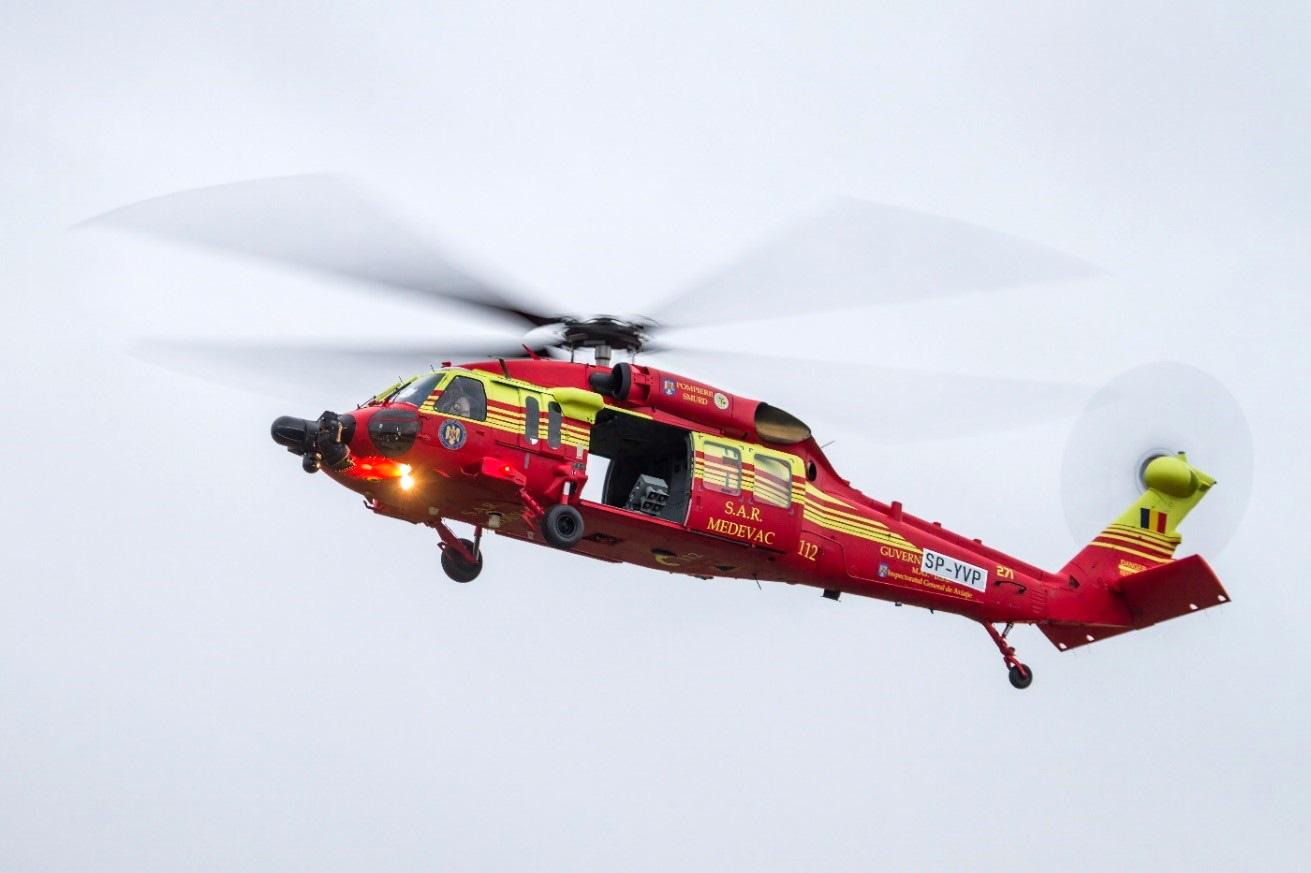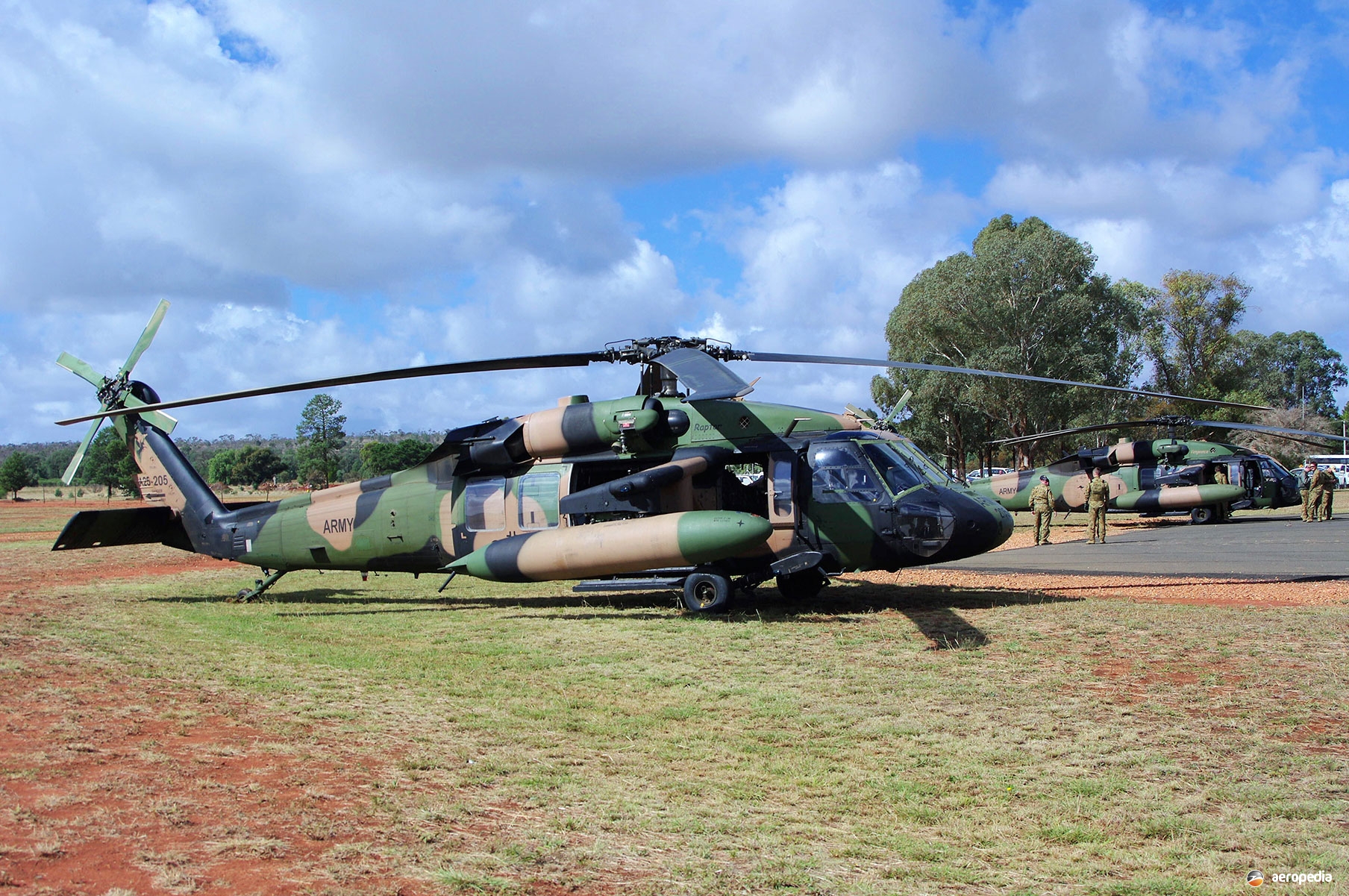Why the Sikorsky S 70 is the Preferred Option for Modern Helicopter Missions
Why the Sikorsky S 70 is the Preferred Option for Modern Helicopter Missions
Blog Article
High-Performance Multi-Role Rotorcraft Featuring Advanced Cockpit Technologies and Integrated Sensor Solutions
The world of rotorcraft modern technology has actually seen remarkable advancements in current times, specifically in the world of high-performance multi-role rotorcraft geared up with advanced cabin technologies and flawlessly incorporated sensor systems. These advancements have not only enhanced the functional abilities of rotorcraft but have additionally significantly impacted contemporary aeronautics operations on various fronts. From boosted objective flexibility to enhanced operational performance, the merging of advanced cockpit modern technologies and incorporated sensor systems has ushered in a new period of opportunities for rotorcraft applications. In the complying with conversation, we will certainly discover the development of rotorcraft technology, explore the world of innovative cockpit innovations, and take a look at the ramifications of incorporated sensor systems on the functional convenience and performance of modern-day rotorcraft.
Development of Rotorcraft Innovation
The development of rotorcraft innovation has actually been marked by significant developments in aerodynamics, products, and propulsion systems, forming the capabilities and efficiency of modern-day rotorcraft. Wind resistant improvements have actually enhanced the performance and maneuverability of rotorcraft, enabling enhanced speed, agility, and security during trip (sikorsky s 70). Technologies in products, such as the use of composite products and progressed alloys, have caused lighter yet more powerful rotorcraft frameworks, improving overall performance and resilience. In addition, developments in propulsion systems, including a lot more effective engines and ingenious propulsion technologies, have actually enabled rotorcraft to attain greater altitudes, faster rates, and higher hauls.
These advancements have not just changed the capabilities of rotorcraft but have also broadened their applications throughout different sectors, consisting of armed forces, industrial, and emergency solutions. The continual development of rotorcraft innovation proceeds to drive development in the area, pushing the borders of what is possible and forming the future of vertical trip.
Advanced Cabin Innovations
Building upon the foundational developments in the rules of aerodynamics, products, and propulsion systems, the world of rotorcraft modern technology now shifts emphasis in the direction of introducing Advanced Cabin Innovations. The combination of advanced modern technologies within the cockpit environment plays an essential duty in improving the functional capabilities, safety and security, and effectiveness of modern rotorcraft. sikorsky s 70. Advanced Cockpit Innovations include a large array of functions made to provide pilots with boosted situational awareness, structured data management, and instinctive control interfaces
One of the crucial advancements in cabin layout is the implementation of glass cockpits, which replace typical analog gauges with high-resolution screens. These electronic systems offer customizable designs, real-time information assimilation, and improved readability, allowing pilots to accessibility crucial information at a glimpse. Advanced avionics systems, such as fly-by-wire controls and increased fact display screens, are revolutionizing how pilots interact with the aircraft, enabling for accurate control and improved decision-making abilities.


Including sophisticated cockpit innovations not just improves pilot performance yet likewise contributes to general mission effectiveness and safety and security in complicated operational settings. By leveraging advanced innovations within the cockpit, rotorcraft suppliers are setting brand-new criteria for operational quality and objective success.
Integrated Sensor Equipments
With the development of rotorcraft technology, the assimilation of sophisticated Integrated Sensing unit Systems has ended up being vital in enhancing functional efficiency and safety. These Integrated Sensing unit Systems include a wide variety of technologies that offer crucial information for various functions such as navigating, surveillance, targeting, and environmental tracking. By flawlessly integrating sensing units like radars, electronic cameras, lidar, and infrared systems into rotorcraft, operators can profit from improved situational understanding, improved goal capabilities, and decreased pilot work.
One trick advantage of Integrated Sensor Solutions is their capacity to gather real-time data and offer workable insights to pilots and mission drivers. For example, progressed radar systems can detect and track targets over fars away, permitting very early hazard detection and effective reaction preparation. Additionally, integrating electro-optical and infrared electronic cameras makes it possible for rotorcraft to conduct reconnaissance and surveillance objectives with accuracy and precision.
Basically, the integration of advanced sensor technologies into rotorcraft not only enhances functional performance yet likewise contributes dramatically to total objective success and team security. As rotorcraft remain to develop, the role of Integrated Sensing unit Systems will unquestionably stay at the forefront of development in the aerospace industry.
Functional Adaptability and Effectiveness
Enhancing operational versatility and efficiency in rotorcraft is an all-natural progression from the integration of advanced Integrated Sensing unit Solutions. resource By leveraging the understandings and data provided by these sophisticated sensor systems, rotorcraft can optimize their efficiency across numerous objectives and environments.
Functional flexibility encompasses the capacity of rotorcraft to adjust to different duties and scenarios successfully. With sophisticated cockpit modern technologies and integrated sensor systems, rotorcraft can effortlessly shift in between tasks such as search and rescue, medical discharge, monitoring, and extra. This adaptability enhances the rotorcraft's ability to meet diverse functional demands without calling for comprehensive reconfiguration.
Efficiency in rotorcraft procedures is essential for optimizing goal efficiency and resource application. Integrated sensing unit systems play a pivotal role in enhancing functional efficiency by offering real-time data on climate conditions, surface mapping, target tracking, and a lot more. This data allows pilots to make informed choices swiftly, optimize flight paths, preserve fuel, and enhance total goal efficiency.
Effect On Modern Aeronautics Workflow

Moreover, the integration of sophisticated sensors facilitates boosted mission preparation and execution, allowing rotorcraft to perform a vast array of tasks with home improved precision. From search and rescue operations to aerial firefighting and law enforcement missions, the capabilities of modern rotorcraft equipped with innovative cabin modern technologies and integrated sensing unit systems are unparalleled.
In addition, the impact of these innovations expands beyond functional effectiveness to cost-effectiveness and sustainability. By maximizing trip courses, gas consumption, and maintenance timetables, high-performance rotorcraft outfitted with advanced cabin modern technologies and sensors add to decreasing functional expenses and environmental influence, making them vital properties in modern-day air travel procedures.
Final Thought
To conclude, the high-performance multi-role rotorcraft with advanced cockpit modern technologies and integrated sensor systems stands for a significant advancement in aviation innovation. These developments enhance operational flexibility and performance, inevitably influencing modern air travel operations in a favorable means. The combination of these advanced modern technologies enables improved capabilities and efficiency in click now numerous objective situations, showcasing the continued improvement of rotorcraft innovation in the air travel market.
The world of rotorcraft technology has seen remarkable developments in recent times, particularly in the realm of high-performance multi-role rotorcraft furnished with advanced cockpit technologies and effortlessly integrated sensor systems. From improved mission flexibility to boosted functional efficiency, the convergence of sophisticated cockpit modern technologies and incorporated sensing unit systems has ushered in a new period of opportunities for rotorcraft applications. In the complying with discussion, we will explore the evolution of rotorcraft modern technology, delve right into the world of sophisticated cockpit developments, and check out the implications of integrated sensing unit systems on the functional adaptability and effectiveness of modern-day rotorcraft.

Report this page